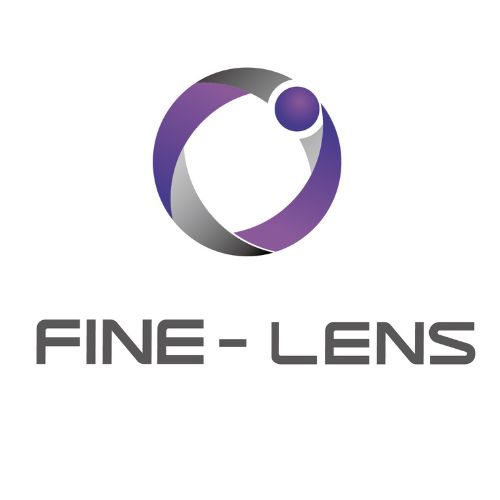
Interpreting MTF Parameters of Industrial Lenses: A Key Factor Influencing Imaging Quality
In the realm of industrial imaging and machine vision, the quality of an image is paramount. It directly correlates with the accuracy and reliability of inspections, measurements, and automations within various industrial applications. Among the myriad of specifications and parameters that define a lens, Modulation Transfer Function (MTF) stands out as a crucial metric that encapsulates the lens’s ability to render detail and contrast in an image. This blog post delves into the interpretation of MTF parameters, emphasizing their significance in assessing and ensuring optimal imaging quality.
What is MTF?
Modulation Transfer Function measures the contrast of fine details in an image as a function of spatial frequency. Simply put, it evaluates how well a lens preserves the contrast of an object’s edges and fine textures when projected onto an image sensor. An MTF curve plots contrast (normalized to the maximum contrast of the object) against spatial frequency (cycles per millimeter or lp/mm), providing a visual representation of the lens’s performance across different resolutions.
Key Aspects of MTF
- Spatial Frequency
Spatial frequency represents the number of line pairs (black-and-white stripes) per unit length that a lens can resolve. Higher spatial frequencies correspond to finer details in an image. A lens with a higher MTF value at high spatial frequencies indicates its capability to reproduce fine details with good contrast.
- Contrast Preservation
The contrast value on the MTF curve signifies the fraction of contrast retained from the object to the image. An MTF value of 1 (or 100%) means perfect contrast preservation, while lower values indicate contrast loss. High contrast preservation is crucial for accurate edge detection, crucial for many machine vision tasks.
- MTF at Different Focus Positions
Lenses often exhibit varying MTF performance at different focus settings. An ideal lens maintains high MTF values across a broader focus range, ensuring consistent imaging quality regardless of minor focal adjustments.
- Sagittal and Tangential MTF
Lenses may have different MTF responses in sagittal (meridional) and tangential planes due to aberrations. Comparing these two curves helps identify any astigmatism or other asymmetrical distortion, guiding the selection of lenses optimized for specific orientations.
Why MTF Matters in Industrial Applications
In industrial settings, where precision and accuracy are non-negotiable, MTF parameters directly influence:
- Inspection Reliability: High-contrast edges and fine details are critical for defect detection algorithms, enhancing the reliability of automated inspections.
- Measurement Accuracy: Precise edge localization, facilitated by good MTF performance, ensures accurate measurements and gauge repeatability.
- System Robustness: Lenses with consistent MTF across a range of conditions (e.g., temperature, wavelength) contribute to a more robust machine vision system.
Interpreting MTF Data
When evaluating lenses for your application, consider:
- Peak MTF Value: Higher values indicate better detail rendition.
- MTF at Operating Resolution: Evaluate MTF at the spatial frequencies relevant to your application’s resolution requirements.
- MTF Drop-off: A gradual drop-off suggests better performance over a wider range of detail sizes.
Comparison Across Lenses: Benchmark MTF curves of different lenses to select the one that best meets your imaging needs.
Conclusion
Understanding and interpreting MTF parameters is fundamental to achieving high-quality imaging in industrial machine vision applications. By carefully analyzing MTF curves, you can select lenses that not only meet but exceed the resolution and contrast requirements of your specific tasks. Remember, the lens is often the bottleneck in imaging systems; investing in one with superior MTF characteristics can significantly enhance the overall performance and reliability of your machine vision solution.
In summary, MTF is a comprehensive measure of a lens’s imaging prowess, guiding the choice of optics critical for precision in industrial automation and inspection. By embracing MTF analysis, you pave the way for clearer, more accurate, and dependable images, driving efficiency and accuracy in your industrial operations.

